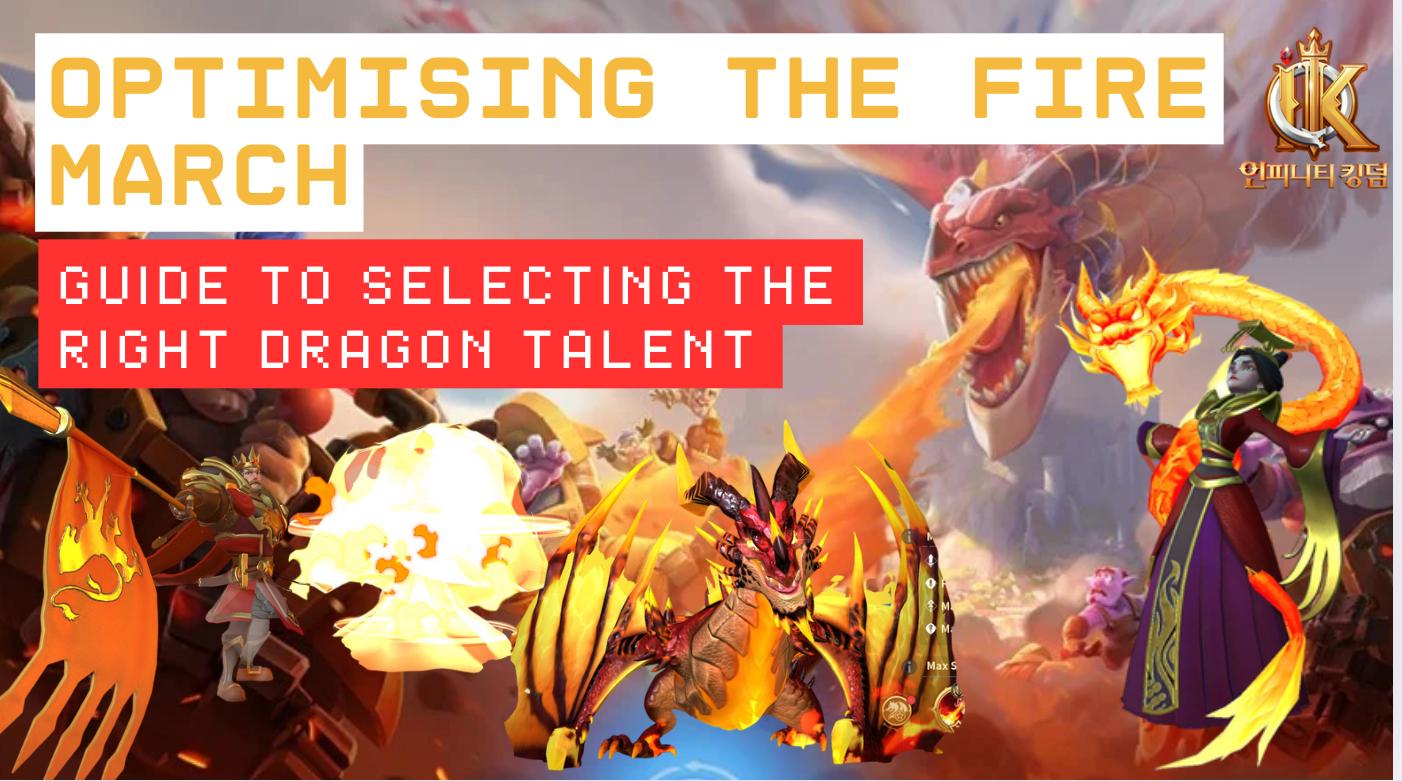
HELLO AND WELCOME TO HONORS CORNER!!!
Introduction
In my journey through Infinity Kingdom, I've discovered that a well-built Fire march can be a devastating force on the battlefield. However, the true power of a Fire march isn't just in its flashy burst damage—it's in selecting the right talent tree and node investments to amplify its strengths while mitigating its weaknesses.
This guide details the optimal talent selections for a Fire march, providing a comprehensive breakdown of node mechanics and how to fine-tune your build for maximum impact. It covers key topics such as talent allocation for burst damage, energy regeneration, and survivability. The guide also explains why the Fire march is generally viewed as a strong secondary option—ideal for boss fights, spider events, and time rift battles. Also, exploring how some players have successfully adapted it for competitive PvP play, especially after the rework of Seondeak's ultimate skill. By understanding these elements, you can alter your Fire march to suit both PvE and PvP scenarios in the evolving meta of Infinity Kingdom.
1. Why the Right Talent Build Matters for a Fire March
A Fire march relies heavily on high burst damage and rapid energy regeneration. But without the proper talent investment, even the most powerful Fire immortals can fall short. Choosing the right talent tree— Prairie Fire, Calamity, or Wildfire—can mean the difference between obliterating your enemies and getting burned yourself.
Key Benefits of the Correct Talent Build
• Enhanced Burst Damage: Increases the true damage of skills like Flaming Breath, ensuring your burst phases hit hard.
• Improved Energy Regen: Reduces downtime between ultimates, keeping your team's damage output consistent.
• Optimized Survivability: Even if Fire marches are naturally fragile, a few defensive talents can help keep them alive long enough to finish the job.
How have you adjusted your Fire march talents over time? Have you founnd that one talent set consistently outperforms the others?
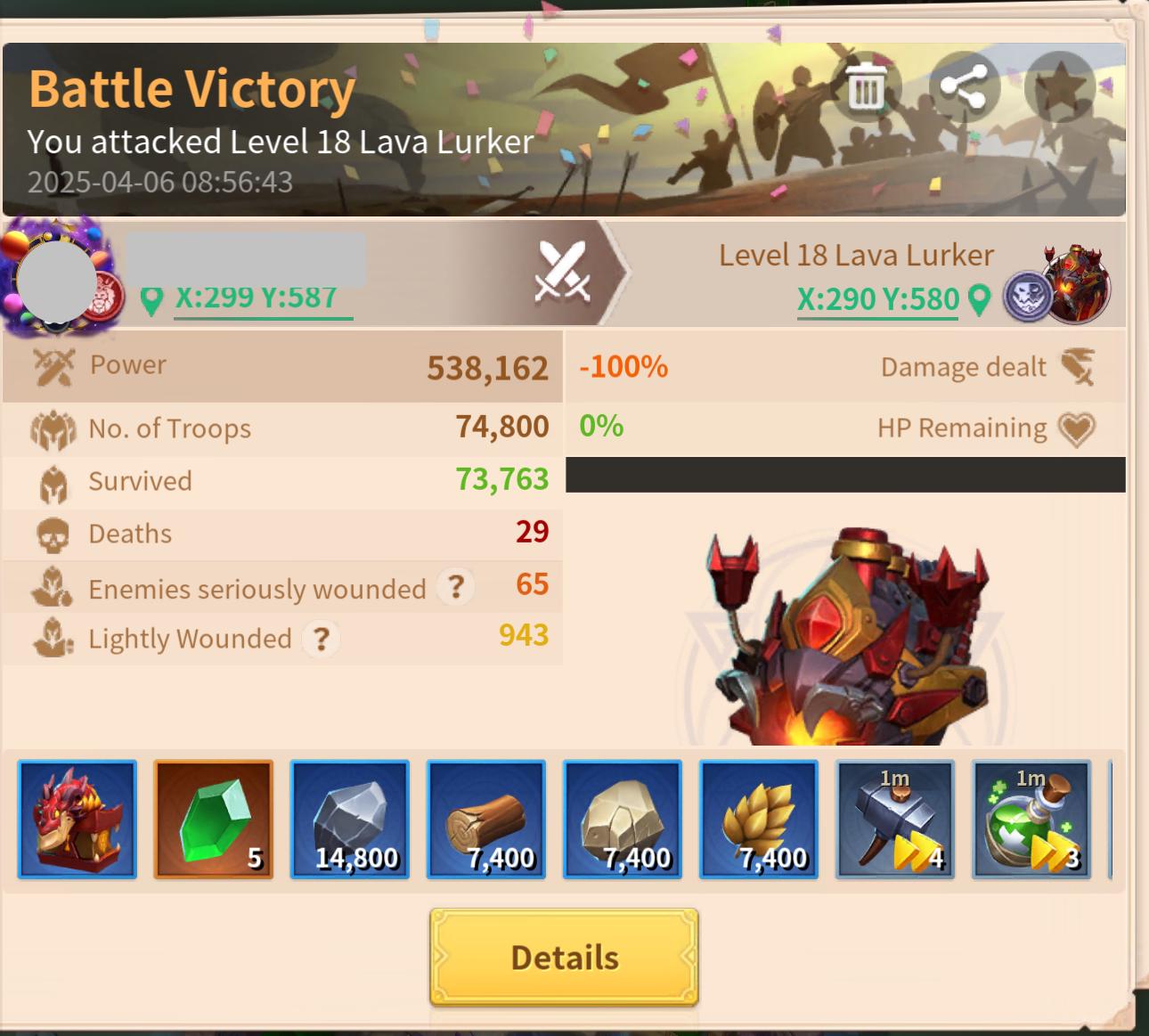
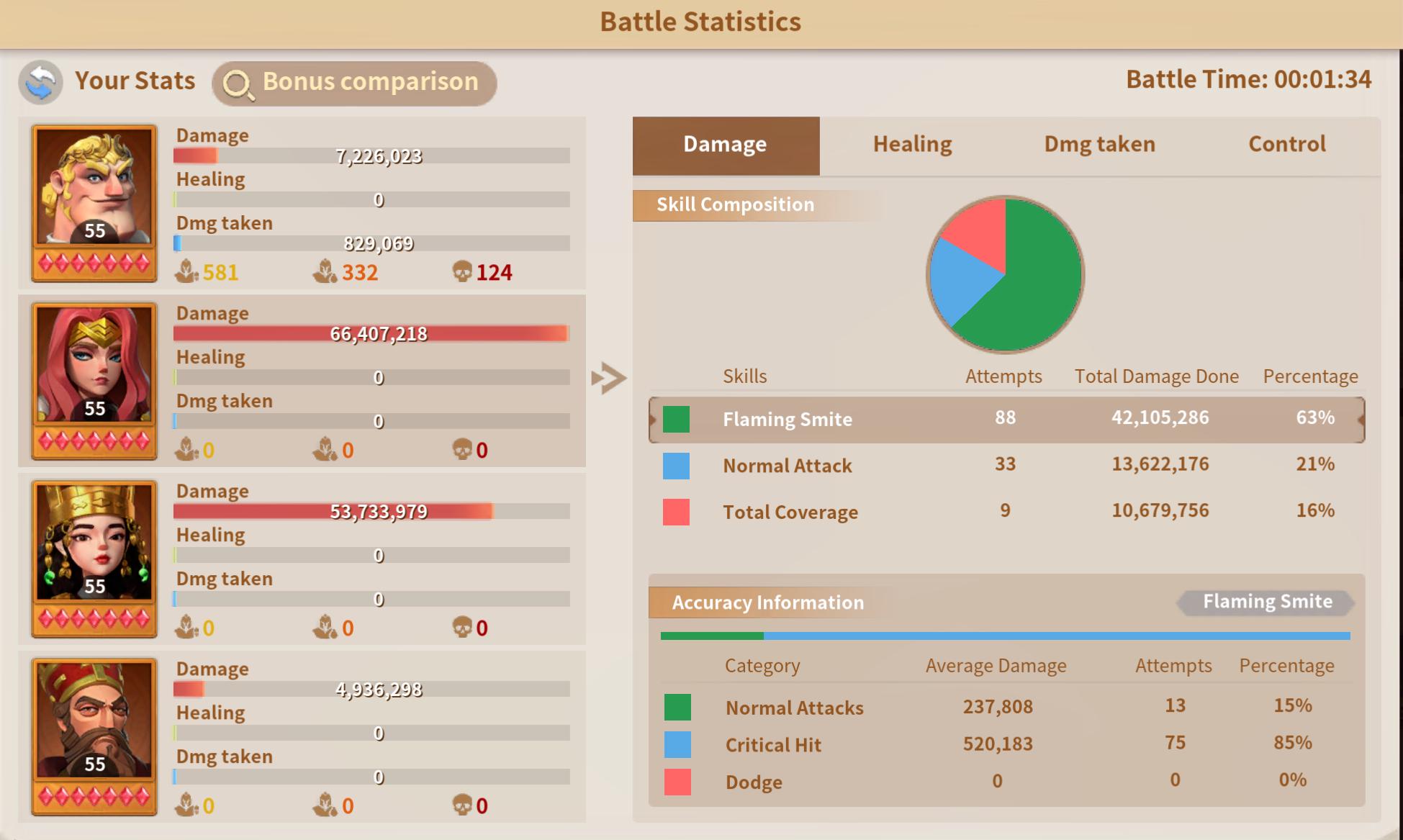
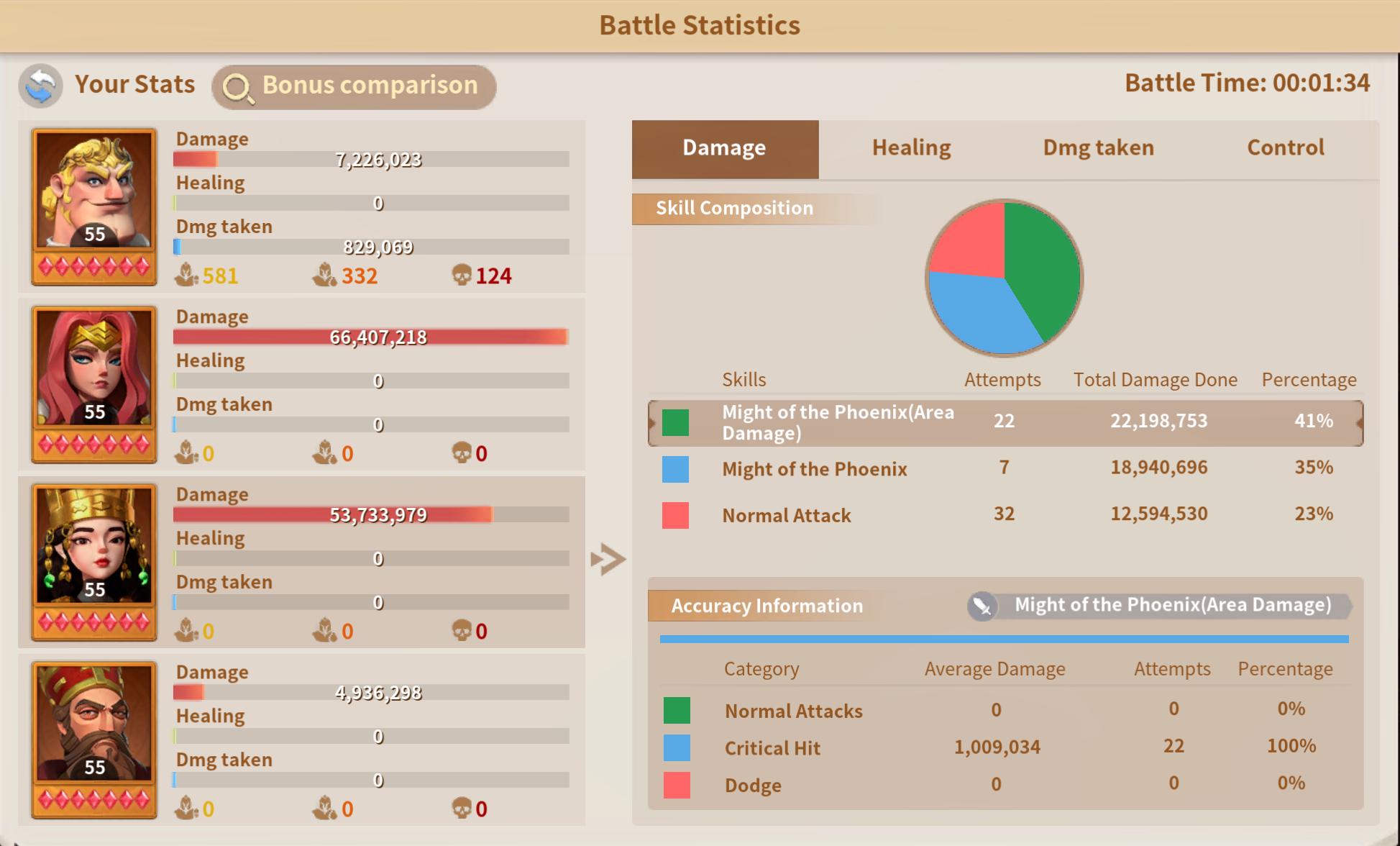
Can the Fire march be more than just a Gnome, Boss or Spider busting march build? Well, I have seen few builds using the dragon, for its true and continuous DMG, along with A- tier immortals. This will be something to explore in future articles.
2. Recommended Talent Builds for a Fire March
There are three primary talent builds for a Fire march. Each offers a different balance between offence, defence, and support. Here's a quick look:
A. Prairie Fire
• Mechanics:
• Flaming Breath deals 804,000 true damage (+6% per level) and inflicts Burn that deals 321,000 true damage (+6 per level) every 6 seconds for 12 seconds.
• Intense Roar increases the crit rate of three random units by 50% (+2% per level), with a 90% chance (+1% per level).
• Pros
• Reliable burst damage and crit boost for overall DPS.
• Generic set that fits most march compositions.
• Ideal For
• Players seeking a straightforward damage boost without specialise situational adjustments.
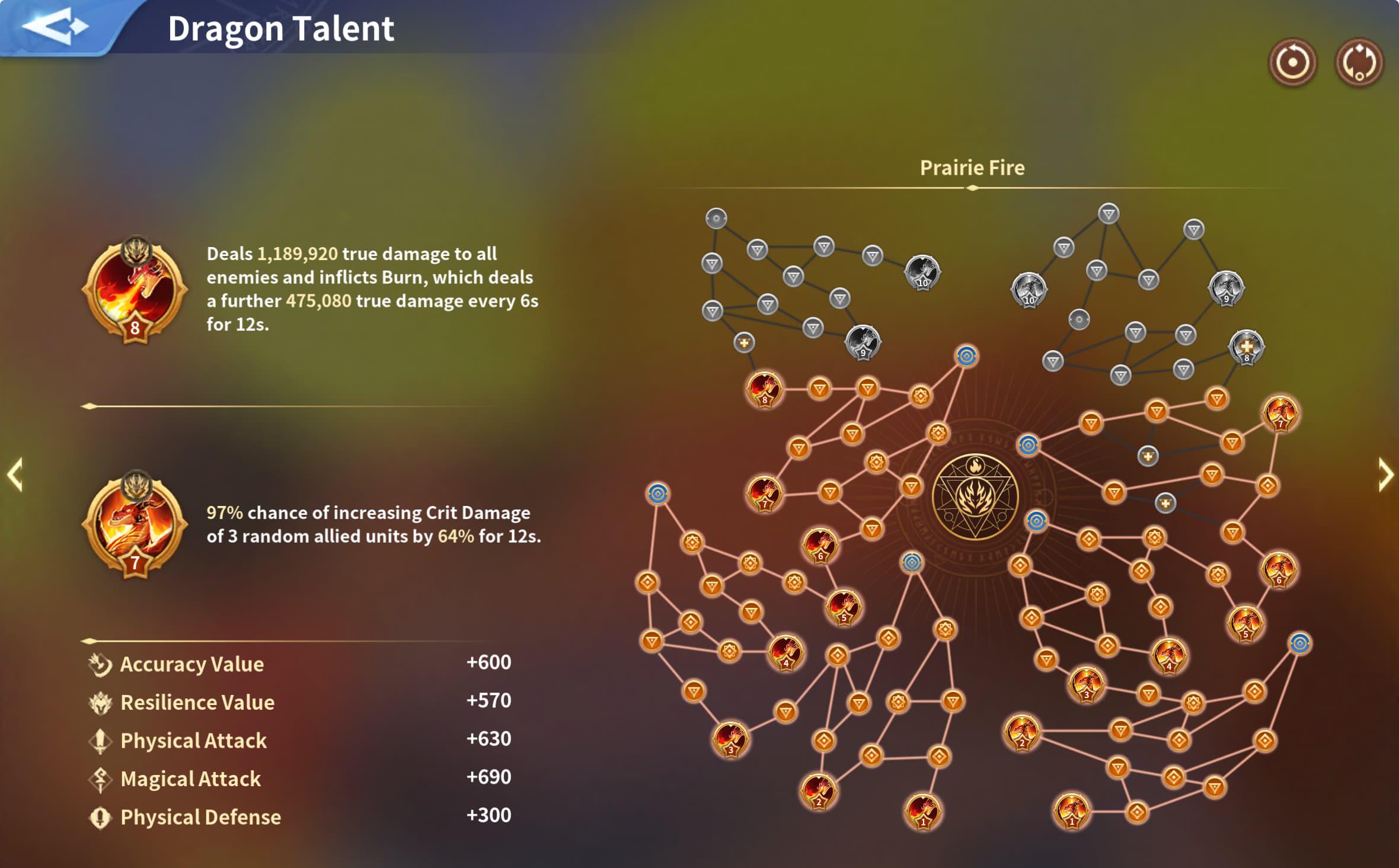
An example to demonstrate how a tree could be levelled up. It shows that DMG nodes have been the main focus, followed by resilience and defence nodes. This was chosen for a march build that would either use Genghis Khan or Seondeok. But, the defence value needs attention, that is one thing a Fire march needs is survivability.
B. Calamity
• Mechanics
• Flaming Breath functions as in Prairie Fire but adds a reduction of 6% per level in physical damage dealt by affected enemies for 3 seconds.
• Intense Roar targets the allied immortal with the highest magical attack, increasing their crit rate by 50% for 20 seconds (+7 seconds per level) and granting immunity to dispel.
• Pros
• Enhances burst damage with a defensive debuff.
• Excellent for mage-based carries.
• Cons
• Less useful if dispelling isn't a major threat in the meta.
• Ideal For:
• Teams that rely on a mage main carry with strong assist support.
C. Wildfire
• Mechanics
• Flaming Breath deals 804,000 true damage and inflicts burns that cause 64,200 true damage every 3 seconds for 30 seconds (+3 per level).
• Intense Roar targets three random allies, increasing their Attack and Defense by 25 (+5 per level) for 30 seconds when they land a critical hit.
• Pros:
• Provides sustained boosts in both offence and defence.
• Great for longer, drawn-out battles.
• Cons:
• Rarely used in burst-oriented situations; more suited to extended fights.
• Ideal For:
• Builds like Wu+Trajan+Cyrus that aim for sustained engagement, though it makes you more vulnerable to dispels.
Consider your march's overall strategy—do you need a quick burst finish, or is prolonged damage more your style?
Suggested March build talent selection
The table compares several Fire march and talent build options. The aim of help you decide, which setup best suits your playstyle, and resource level.
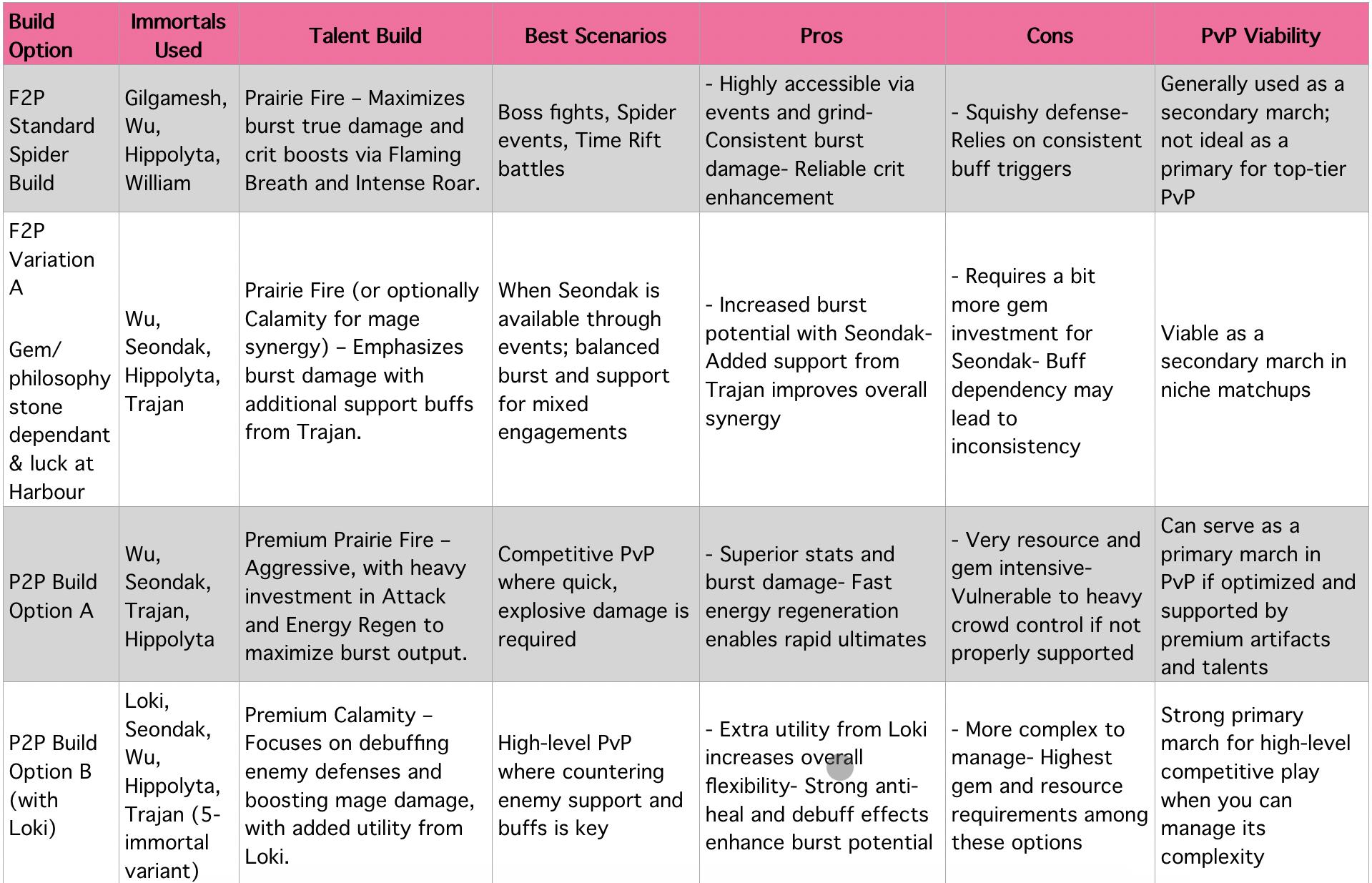
• Wildfire (not shown here) focuses on sustained boosts over longer engagements but is less common for burst-focused Fire marches.
• Immortal Selection:
• F2P builds (like Gilgamesh, Wu, Hippolyta, and William) are more cost-effective and easier to obtain, though they may lack the raw power of premium units.
• P2P builds allow you to invest in premium options like Seondak and Loki, resulting in higher burst and more versatile counterplay—but at a much higher gem cost and damage to the pocket.
• Best Scenarios & Adaptability
• F2P builds work well as secondary marches for events like Spider or Time Rift battles.
• P2P builds can be optimised for competitive PvP but require precise resource management and advanced artifact/talent setups.
• Pros and Cons
• Pros: High burst potential, cost-effectiveness (for F2P), and adaptability with proper support.
• Cons: Inherent fragility, reliance on consistent buff triggers, and potential vulnerability to heavy CC or magic burst if not supported by premium upgrades.
Which build aligns best with your playstyle—do you prefer the accessible, steady performance of the F2P standard build, or are you ready to invest in a premium setup for a higher burst and competitive edge? Share your experiences and thoughts!
3. Node Mechanics and STP Boosts in the Dragon Talent Tree
The dragon talent tree is built from nodes that grant % boosts (STP increases) to various attributes. These nodes are critical because they scale your Immortals' performance over time.
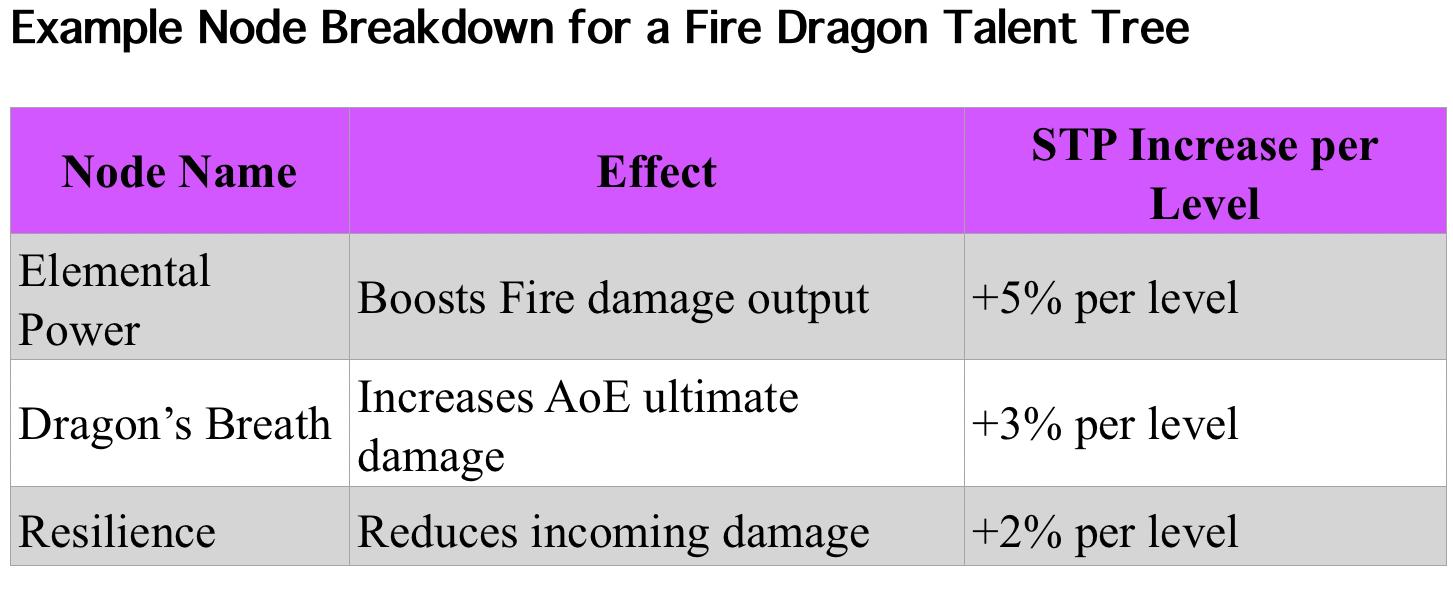
STP boost to march, as an example
Attack (enhancing burst damage through Elemental Power and Dragon's Breath)
Energy Regen (to keep ultimate skills cycling quickly)
Survivability (to mitigate inherent fragility)
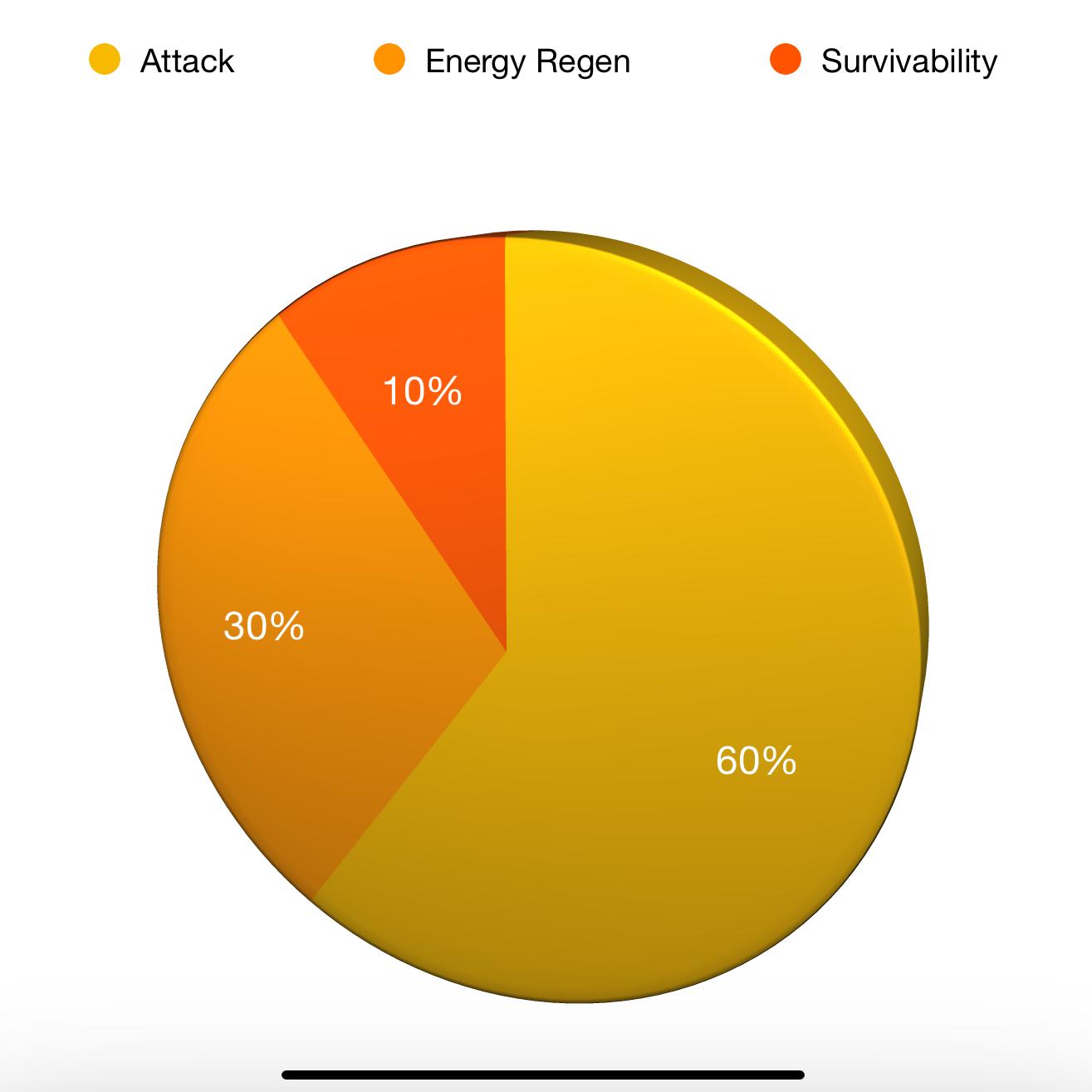
This distribution is crucial because over-investing in one area can leave you exposed. As a player, you must balance raw damage with enough sustain to survive critical bursts from the enemy.
Which node do you find most essential for your Fire march—boosting damage or increasing survivability?
4. How to Choose the Right Talent Build for Your Fire March
When selecting your talent build, consider these factors:
• Immortal Roles: Does your primary damage dealer need more burst, or does your support require additional energy regeneration?
• Team Synergy: Your build should complement the overall march strategy—if you're aiming for a burst-oriented attack, lean towards Prairie Fire or Calamity. For longer fights, Wildfire might be more appropriate.
• Resource Management: For F2P players, conserving gems is critical. Avoid switching talent builds frequently by choosing the right path from the start.
• Meta Considerations: Stay updated on the current meta; if counters to Fire are becoming prevalent, you might need to adjust your talents for added survivability.
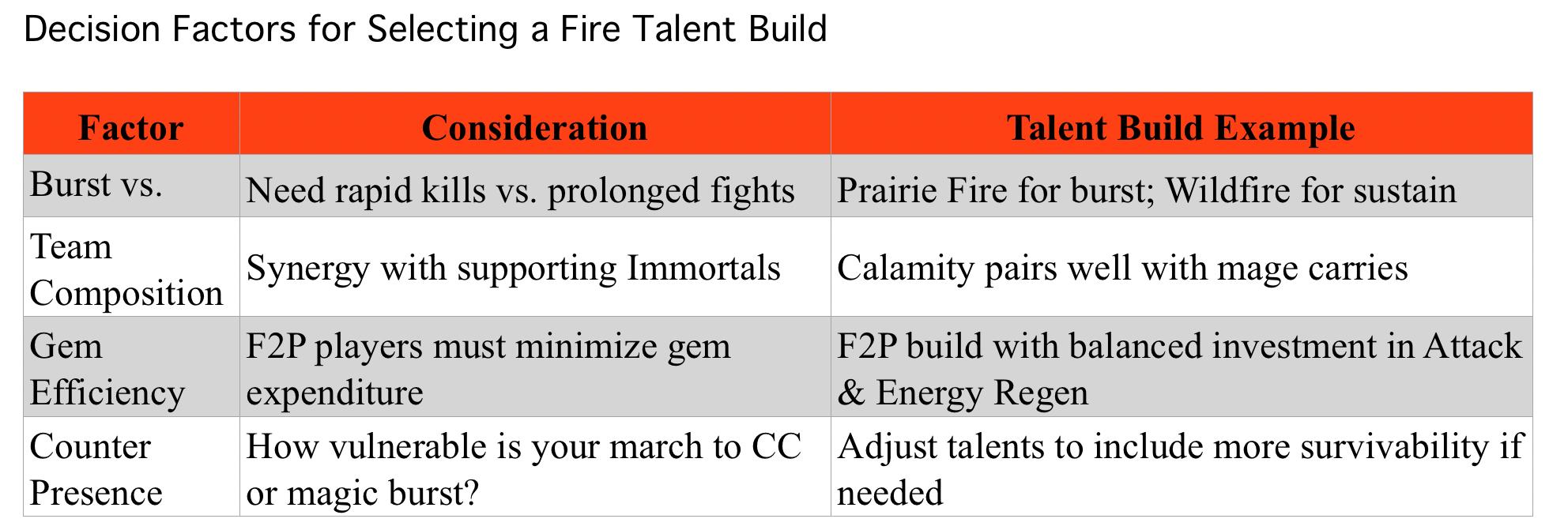
5. Final Critical Analysis & Takeaways
After four years of playing Infinity Kingdom, the Fire march remains a secondary option. Here's what I've learned:
Strengths:
• High Burst Damage
Skills like Flaming Breath in any talent build deliver massive true damage.
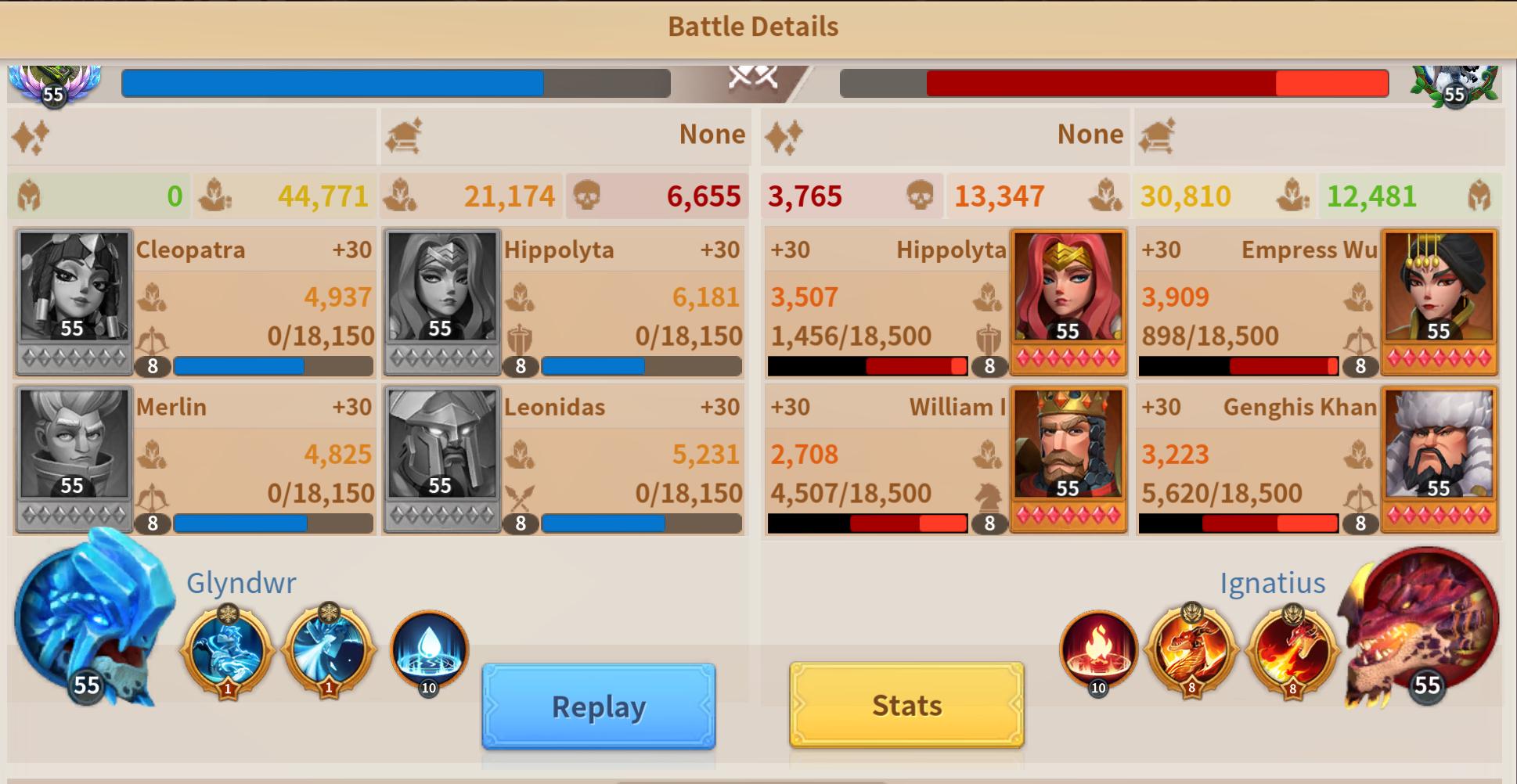
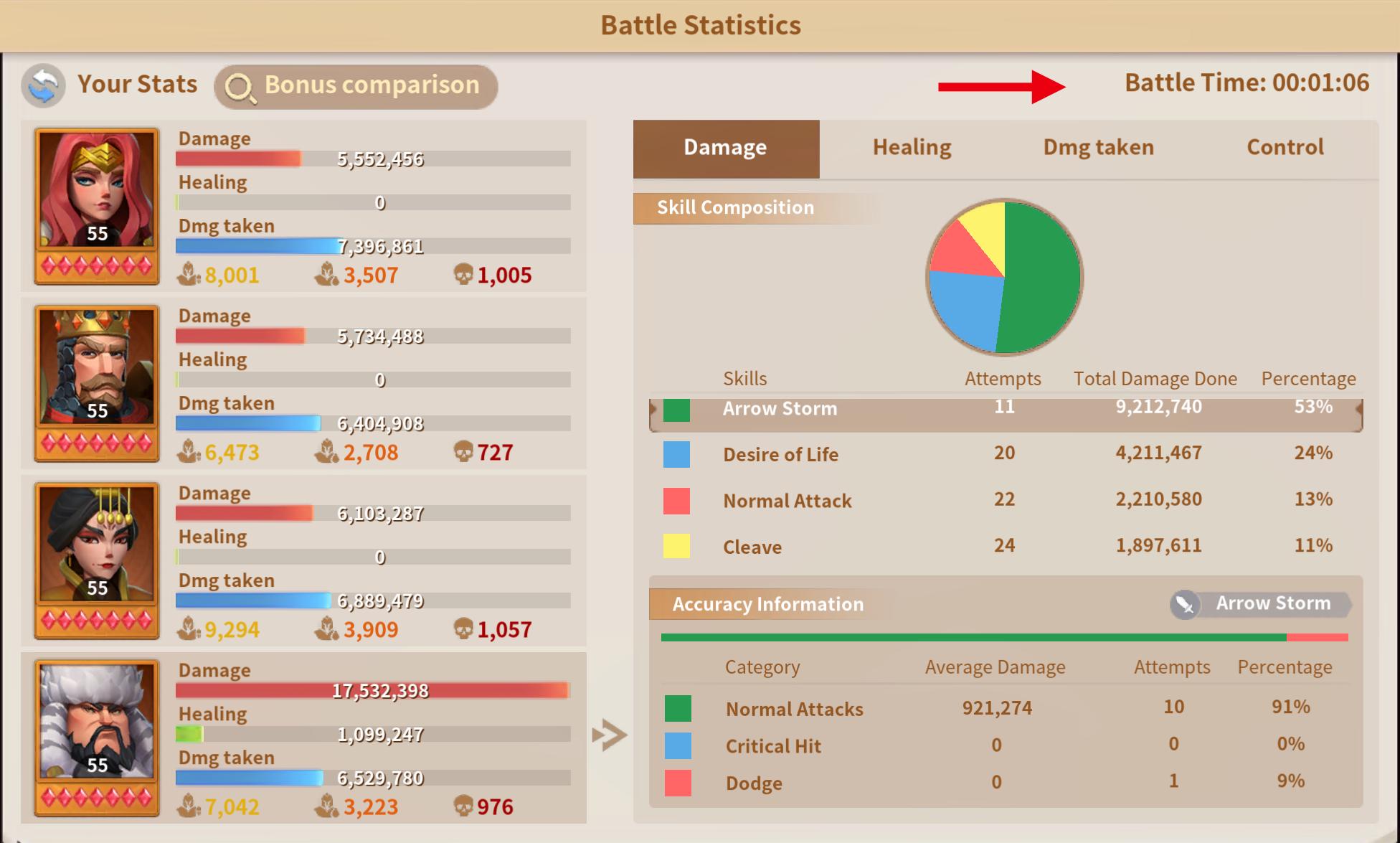
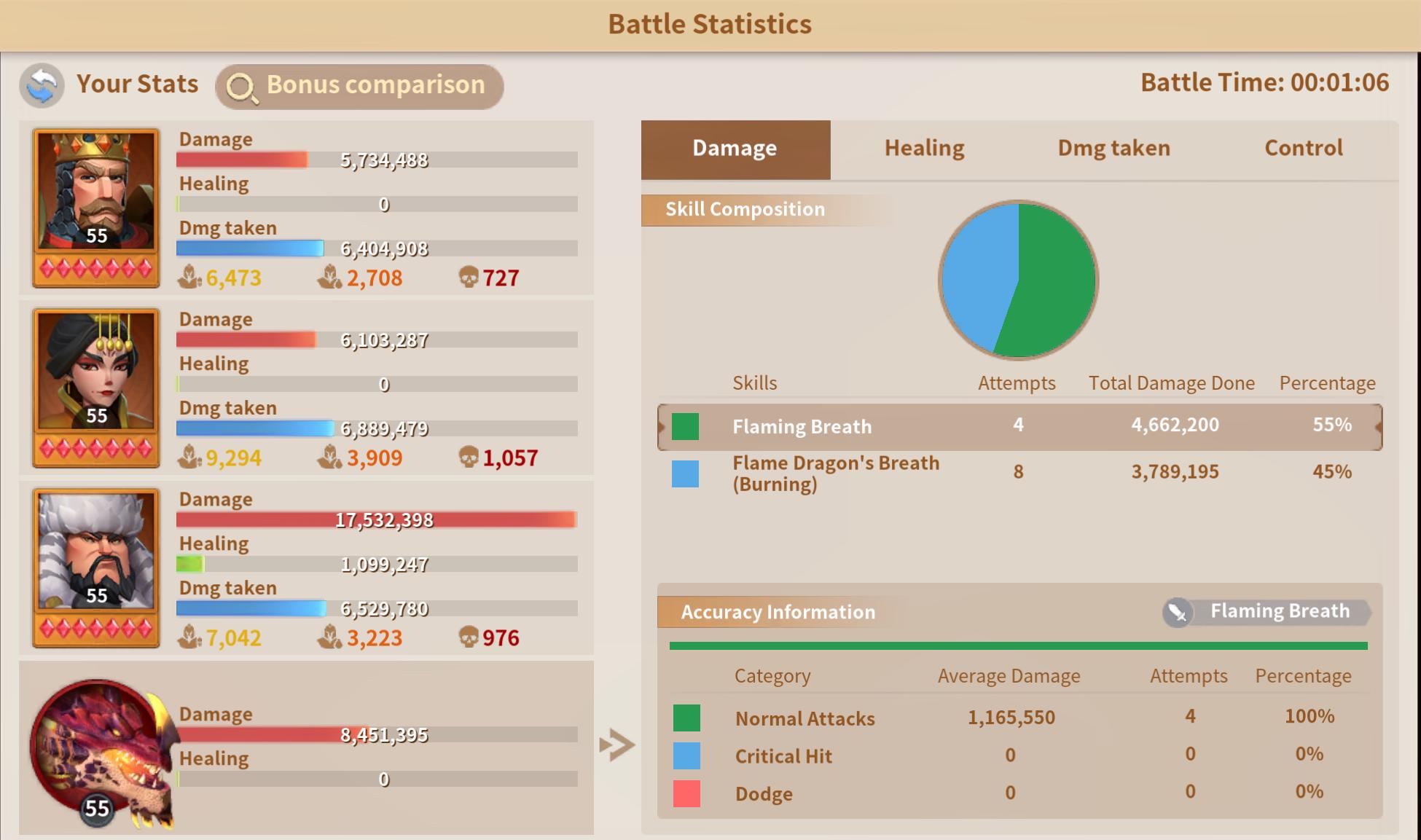
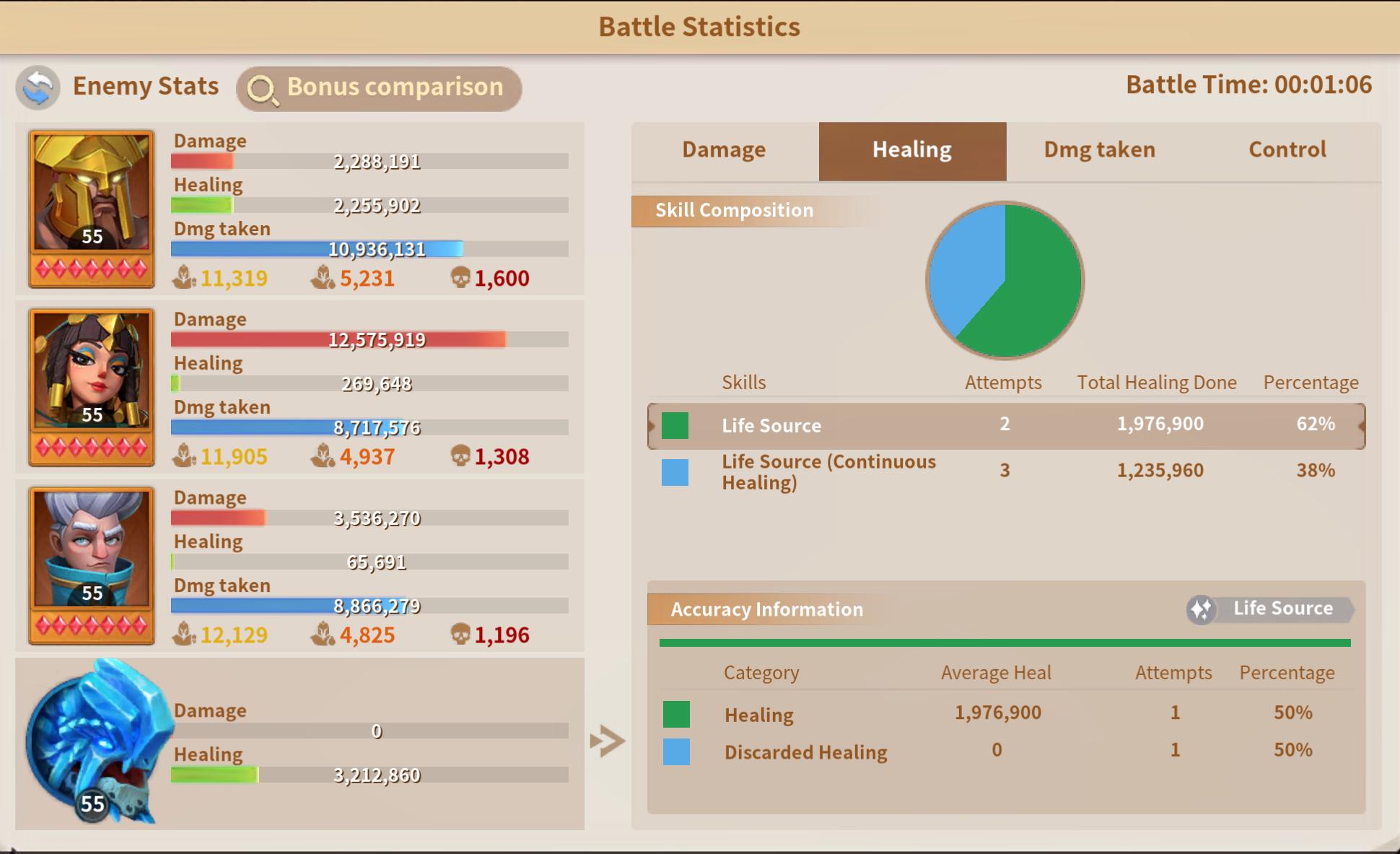
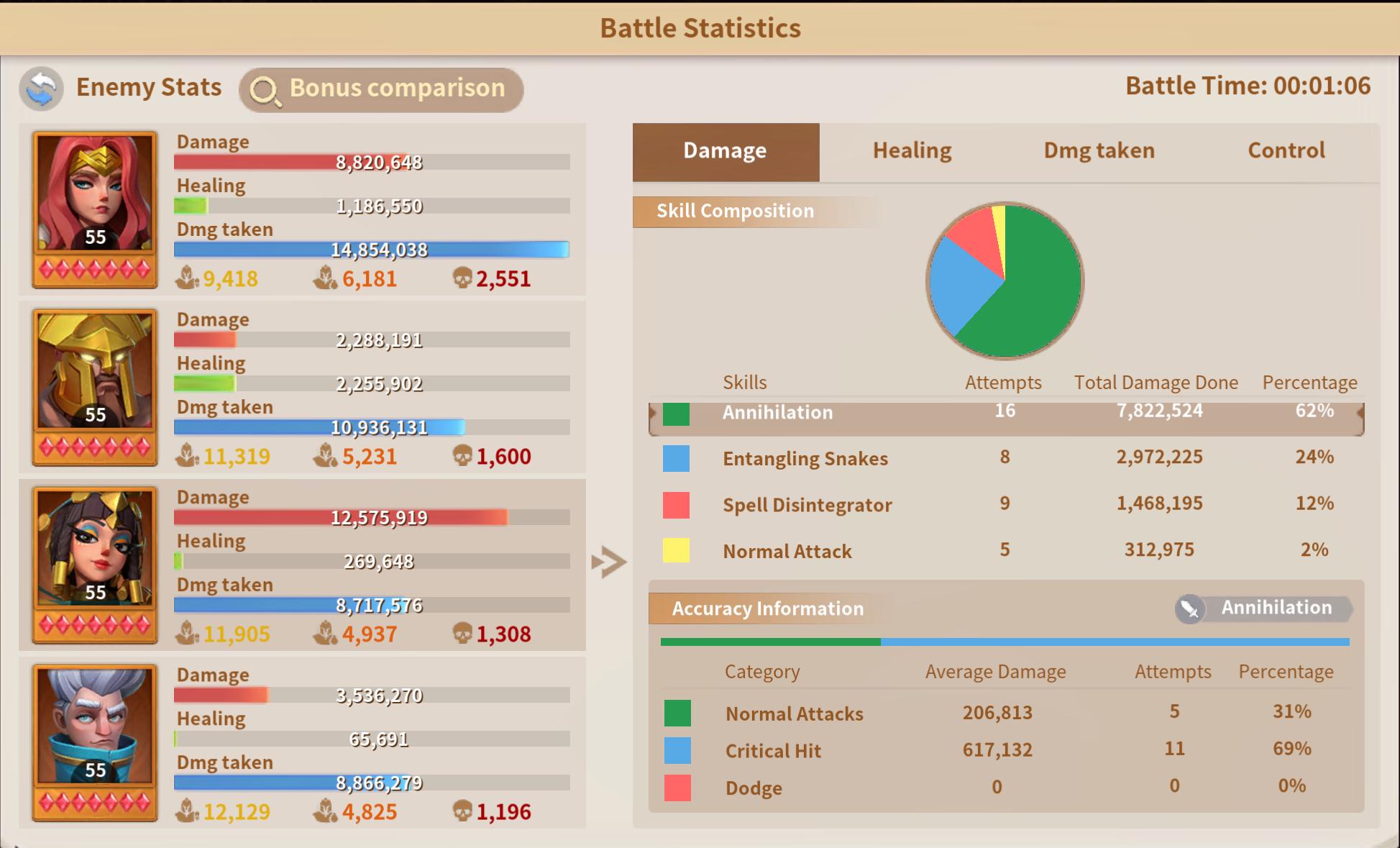
An example of burst DMG, all guns blazing with the Fire march offering up an approx 41 mil DMG in total vs Water = 25 mil DMG given.
• Flexible Talent Options
Whether you choose Prairie Fire, Calamity, or Wildfire, each set offers a distinct advantage that can be tailored to your team's needs.
• Scalability
With the right node investments in the dragon talent tree, you can scale your damage output significantly over time.
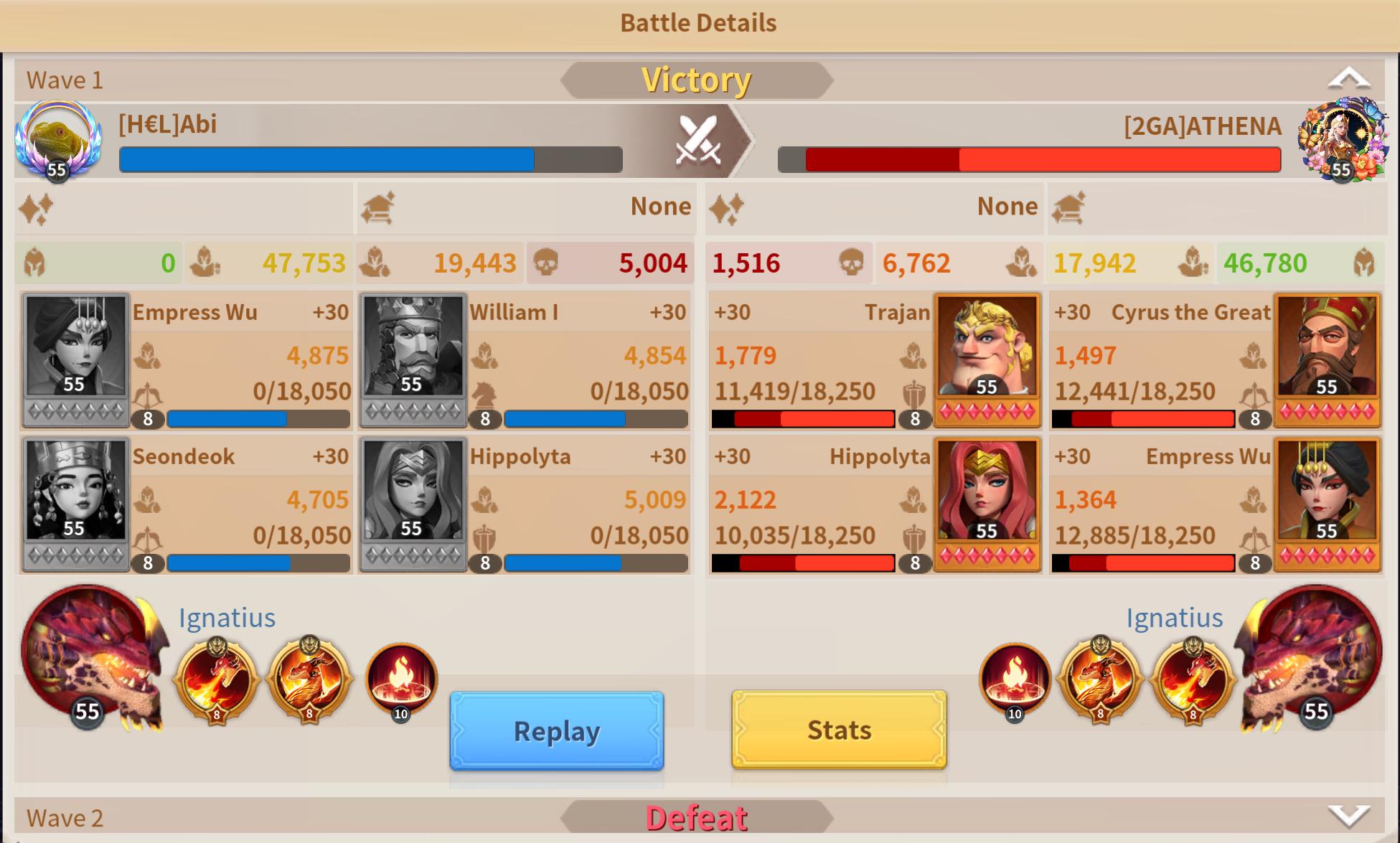
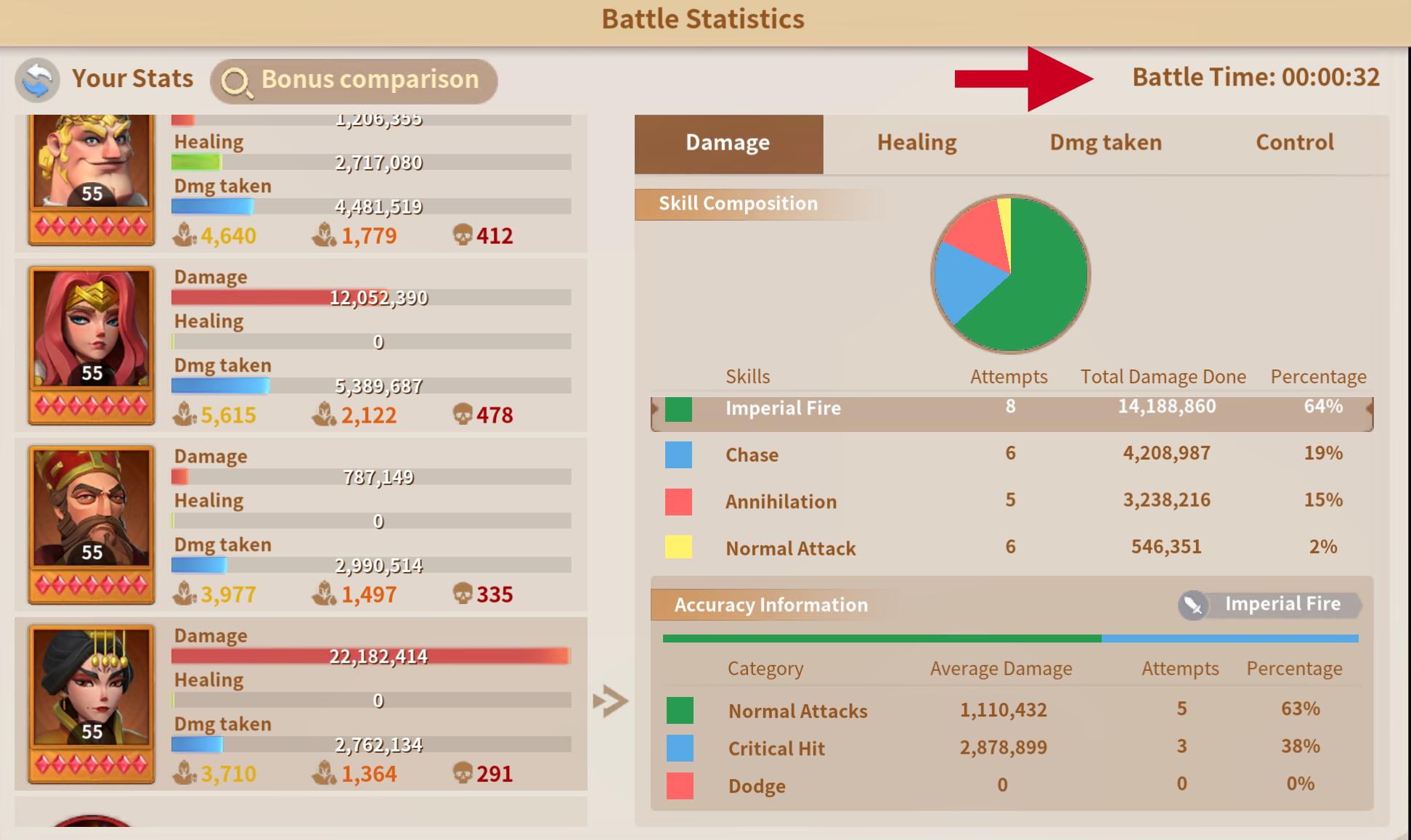

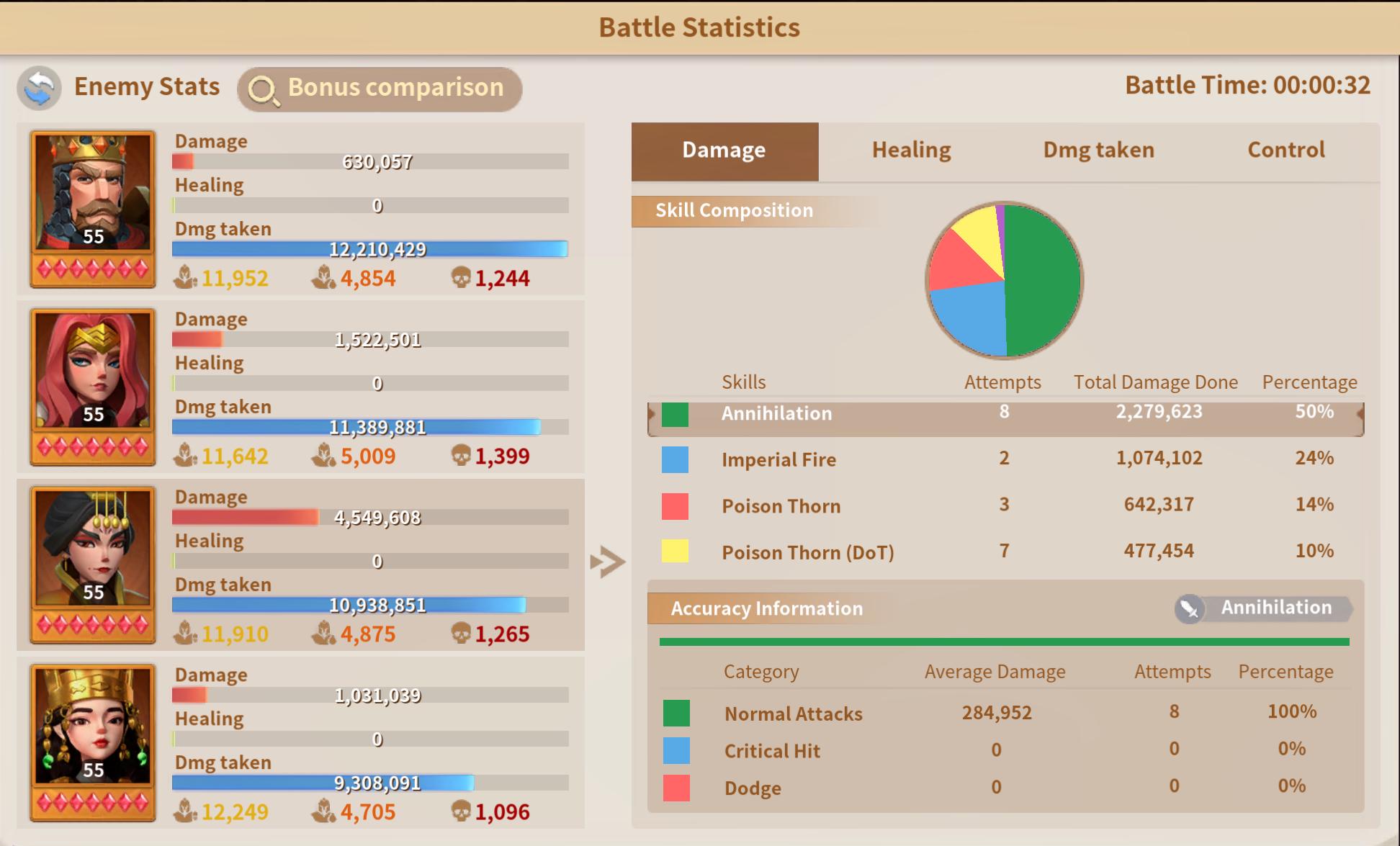

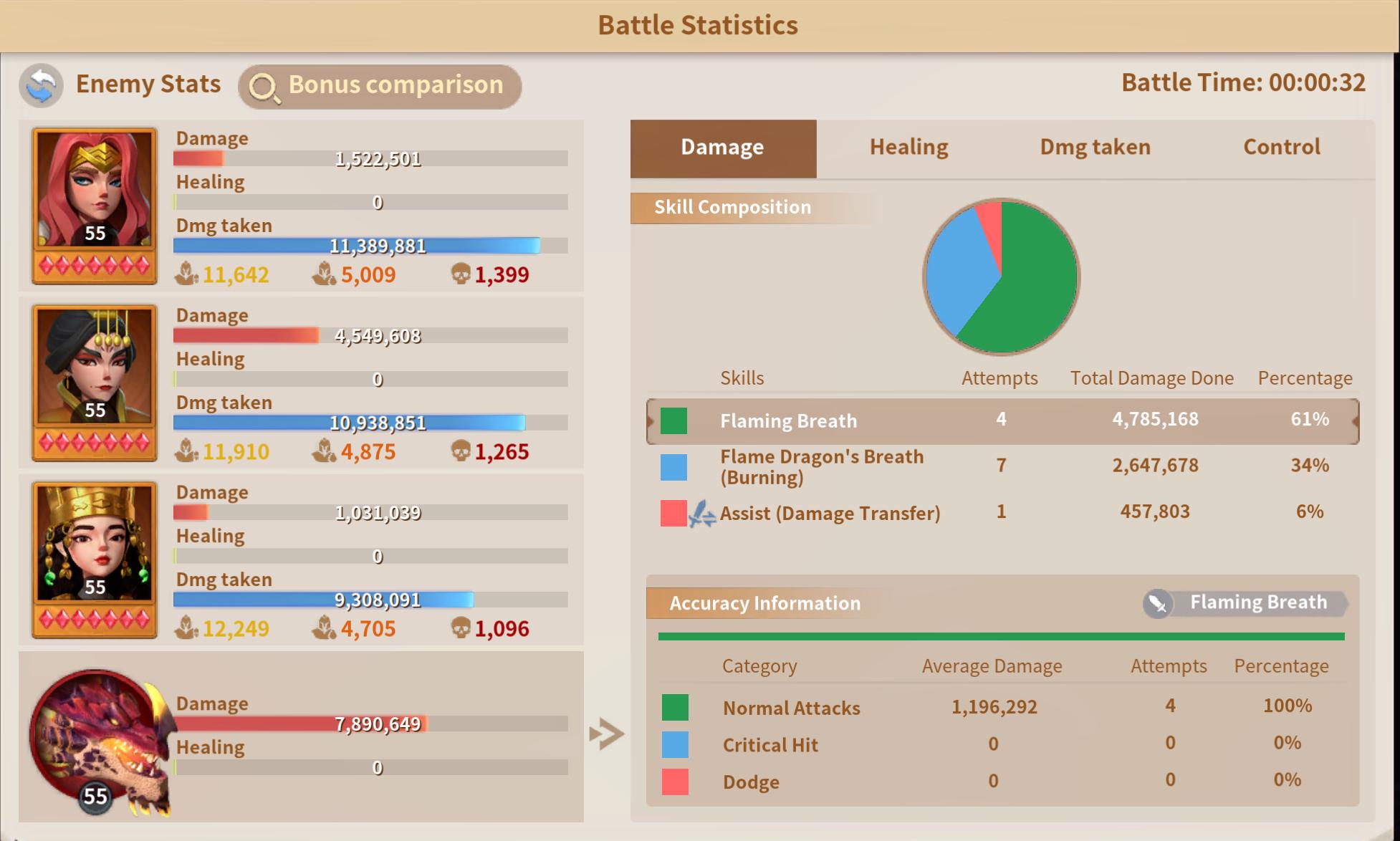
Here, we see how Fire beats Fire, the advantage of Cyrus support immortal offers CC. 5 attempts to stun the enemy is a significant advantage, helped by the duration of the match. It allowed Cyrus to energy regen his Ultimate skill. The dragons are evenly matched for DMG given. The Seondak march, was not able to make an intent into DMG of the enemy, neither Seondak or Wu did much DMG. They are similar portrait numbers so not an advantage there. It comes down to skill, talent composition of the Cyrus march, enabling Hippo and Wu to bee the big hitters.
Weaknesses:
• Inherent Fragility
Fire marches often lack the defensive stats needed to survive prolonged battles.
• Resource Demands
For F2P players, heavy gem spending on talent resets and EA upgrades can be a challenge.
• Meta Vulnerabilities
If the enemy meta shifts to heavy burst or CC strategies, the Fire march may need additional support or adjustments.
Key Takeaways
1. Plan Your Talent Investment
Focus on the right balance of Attack, Energy Regen, and Survivability based on your playstyle.
2. Conserve Resources
F2P players should prioritise long-term gem efficiency by committing to one talent path that scales well.
3. Optimize Node Investments
Invest in nodes like Elemental Power and Dragon's Breath to boost your Immortal's damage, while not neglecting Resilience for crucial defense.
4. Tailor Your Build to the Meta
Continuously monitor enemy strategies and adjust your talent allocation as needed.
Final Thoughts
In summary, optimising your Fire march hinges on selecting the right talent build to maximise burst damage while mitigating inherent fragility. Here's what you need to know:
• Prairie Fire offers strong, reliable burst damage and critical hit boosts. Its straightforward approach makes it effective in quick engagements, but it can leave you vulnerable if your buffs aren't consistently triggered.
• Calamity adds a defensive debuff component that helps reduce enemy physical damage. This build is powerful when paired with mage carries, but its value diminishes if dispel isn't a major factor in your matches.
• Wildfire delivers sustained offensive and defensive boosts over a longer duration. While ideal for prolonged battles, it tends to be less effective in burst scenarios and can be countered by opponents with strong dispel capabilities.
When selecting your immortals for a Fire march, you must balance the positives—like high burst and energy regeneration—with the negatives such as limited sustain and vulnerability to control. To counter these downsides, consider:
• Artifact upgrades: Invest in artifacts that enhance survivability (e.g., minor HP boosts or damage reduction) to offset your march's fragility.
• Talent reallocation: If you find your build lacking in sustain, shift a portion of your talent points to survivability nodes.
• Skill synergy: Optimize your rotation so that burst skills follow immediately after buffs, ensuring you take full advantage of the +10% damage bonus.
Ultimately, each talent build for a Fire march comes with trade-offs. Understanding these pros and cons allows you to fine-tune your setup and adapt to changing metas. By carefully balancing your talent investments, artifacts, and skills, you can build a Fire march that not only explodes with burst damage but also holds its ground when the pressure is on. But, after 4 years of IK, a Fire march is not advised for a primary march. Sadly, the potential of Fire has not been able to live up to what it says it can do on paper. It is a solid 2nd march for F2P, small or medium spenders. I hope 1 day a Fire march has some glory outside the IBL battlefield, or battling those pesky gnomes.
How do you balance your talent investments between raw damage and survivability in your Fire march? Share your strategies and discuss how we can optimise our builds to survive in Infinity Kingdom!
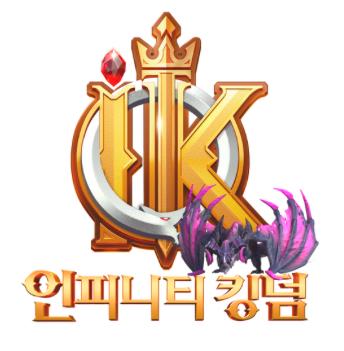
HELPFUL INFINITY KINGDOM LINKS




![[Review] Analysis of AWO0 vs WOG in IBL in Infinity Kingdom](https://oss.gtarcade.com/forum/gif/2025-12-15/439967_33f7b9d7-5818-4386-800b-dccc6455f646_163315.gif?x-oss-process=image/resize,w_150,h_150)
![[Review] Analysis of SF vs MWCB in IBL in Infinity Kingdom](https://oss.gtarcade.com/forum/gif/2025-12-15/439967_3a80d9c5-5613-475c-81d2-aa32dc476deb_154146.gif?x-oss-process=image/resize,w_150,h_150)